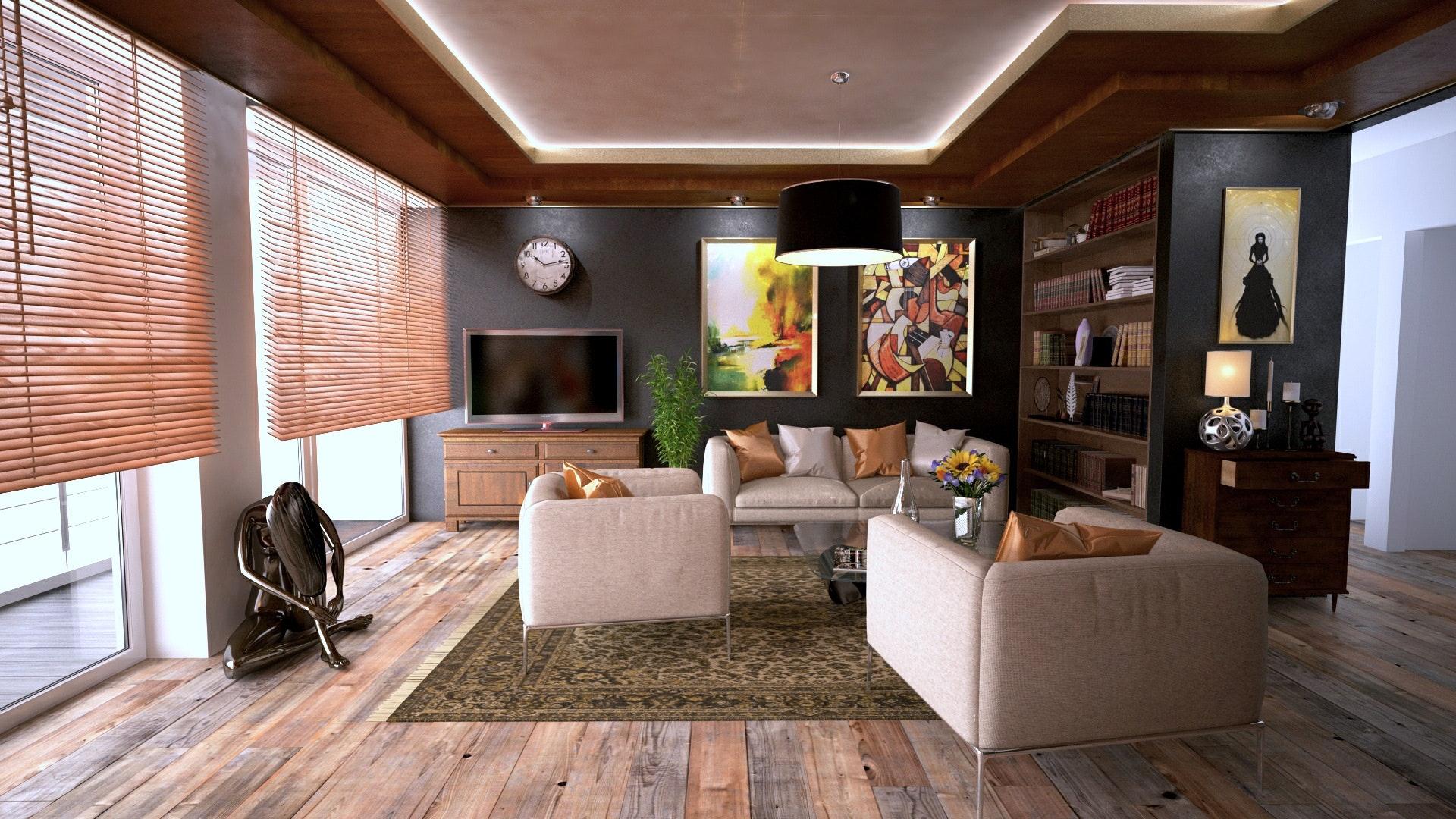Shane Haumpton | Traditional rugs are any carpets that feature intricate Persian, Oriental, and other Asian or even European designs. However, a truly authentic traditional rug is one that was made by hand using time-honored carpet weaving techniques.
Tags
design - top - Traditional RugsShane Haumpton
Traditional rugs are any carpets that feature intricate Persian, Oriental, and other Asian or even European designs. However, a truly authentic traditional rug is one that was made by hand using time-honored carpet weaving techniques. They also have a rich history, as the Pazyryk carpet (which dates back to around 400-500 B.C.) is the earliest surviving example of hand-knotted rugs.
While the traditional rug may have been the most prevalent style during ancient times, today it is one of three basic area rug styles—Traditional, Contemporary, and Transitional. It is characterized by its Oriental or Persian patterns, which include elements such as florals, borders, and central medallions.
Having a traditional rug in your home can add a touch of class and sophistication to any room—even those that have a more modern aesthetic.
Here are a few tips to help you make traditional rugs work for your own home:
Consider the room’s size, layout, and lighting
Traditional rugs can be placed in most rooms in the house, but they are usually used in the living room or bedroom. But before you decide to purchase a traditional rug for any of these rooms, make sure to look at its layout first. Take the time to arrange your seating or furniture, carefully measure the area to calculate the best length and width of the rug you need, and mark the floor with masking tape or lay a sheet on it, so you can see how the rug and the arrangement will look.
Another thing that you should also consider, which most people often overlook, is lighting. It is best practice to avoid placing a traditional rug in an area that gets too much direct sunlight as it can cause the vibrant colors to fade. Thus, it’s important to look at your room’s existing lighting situation before deciding on your rug’s placement. Also, make sure to consider your interior lighting fixtures when planning where to place your carpet, as good lighting is essential in making it the focal point of the room and showing off its stunning colors.
Plan out your color palette
Most traditional rugs have a predefined color range, which includes colors such as maroon, black, red, and navy blue, so you may want to take that into consideration. If your room already has an existing color palette that you’re happy with, make sure to choose a rug with colors that will work with (either by complementing or contrasting) the room’s colors. However, if you have your heart set on a specific rug, then you may want to style your room based on the dominant color(s) of the rug you want to purchase.
Either way, you want your rug to blend in with its surrounding environment—while still being the focal point of the room.
Decide whether to complement or to contrast
When styling a room with a traditional rug, it’s important to decide how you want to incorporate it into your space. It can be difficult to introduce such an attention-grabbing piece of decor to a room, particularly one with such vivid colors and heavy patterns. The best way to do this is to look at your existing room design and decide whether you want your rug to complement your current decor, or to add the rug as a contrasting element.
Traditional rugs can lend a chic and sophisticated look to any modern home—as long as you know how to incorporate it correctly. Here are a number of ways to pull this off:
● Choose a color palette for the room based on the colors of the rug (or choose a rug that works with your room’s existing color palette)
● Pick out a rug that will complement or contrast with the color/s of your walls
● Use a light-colored traditional rug with subtle patterns (these usually work well for modern, minimalist homes)
● Create juxtaposition by pairing a seemingly old-fashioned traditional rug with strikingly modern room elements
● Go with a neutral-colored rug to complement a neutral-colored room, or pick one in a bold color for a striking contrast
● Create harmony in the room by adding items that are the same color as your rug
Choose the right rug size
If your traditional rug has the proper size, it can determine and define furniture groupings and living spaces. It can also show the difference between a comfortable room and a room where something seems awkward and a little out of place, plus it will make your room look properly balanced.
Here are some ideal rug sizes for certain rooms in your house, as well as tips on how to place your traditional rug in those areas:
Living room
For larger living rooms, a 10×14 up to 12×18 rug should be large enough. The rule of thumb is to have the length of the rug should cover the length of the couch (possibly even extending past the two ends). You can either have the rug end just in front of the couch or a few inches under it, but the latter is usually preferred for a more anchored look to the room.
If you want a rug that covers a large area and you plan on placing all of your furniture on it, keep in mind that it should be large enough to extend behind the furniture, so that you can easily walk behind or around them without the awkward feeling of walking with one foot on the carpet and one foot on the bare floor. This setup can create cohesion and give a sense of grandeur, which works well for extremely large rooms.
However, if the rug is too small for the space, you can balance out your living room by placing multiple rugs in the room—just make sure to consider its layout, the size of your furniture, and how much bare floor you want to show.
Dining area
If you’re planning to place a traditional rug under your dining table, it’s important to get the best rug size for it. Also, you have to ensure that the chairs will still sit comfortably on the rug even when you pull them out and away from the table. To get an accurate measurement, pull out all of your chairs as if you’re sitting down, and then leave them out. With a tape measure, determine the appropriate rug size by measuring the new dimensions you’ve created (with the chairs pulled out). Make sure to go beyond the back legs of all the chairs.
From there, you should be able to determine the minimum rug size that you want for your dining area.
The ideal rug sizes for dining areas (based on how many chairs your table has) are as follows:
● 6 chairs: 8×10 sized rugs
● 8 chairs: 9×12 sized rugs
● 10 chairs: 10×14 sized rugs
● Most breakfast nook tables: 7 to 8 foot round or octagon-shaped rugs
Bedroom
When it comes to rug placement, the bedroom presents countless options—you can place a rug alongside your bedroom furniture to make the room feel more cozy. If you plan to place it under your bed, make sure it follows the following dimensions:
● Queen size beds: 8×10 sized rugs covering 2’6” on each of its sides and 3’6” at its end
● King size beds: 9×12 sized rugs covering 2’10” on each of its sides and 4’ at its end
● Smaller bedrooms: For variety, you can place a 4×6 rug next to the bed on just one side or 2×4 rugs on its sides with a 4×6 or 5×8 rug in front
Pick out the right material for your rug
One thing that makes traditional rugs so valuable is the fact that they can literally last a lifetime. Therefore, another factor to consider when styling your home with traditional rugs is choosing the right material for your needs, as this will help ensure the longevity of your investment. The durability of the rug depends largely on its material, but aspects such as placement, usage, desired look and texture, and quality may affect your decision as well.
Some commonly used materials in traditional rugs include wool, cotton, and silk. Wool is both durable and soft, while cotton is durable and easy to clean. Both are great options for rooms with heavy traffic, such as common areas like your living room or foyer, as these materials are known to stand up well to everyday wear and tear.
With their spectacular and detailed designs and universally-known beauty, traditional rugs add elegance to any room in your house.
TORREH Persian Handmade Carpet Journal©





